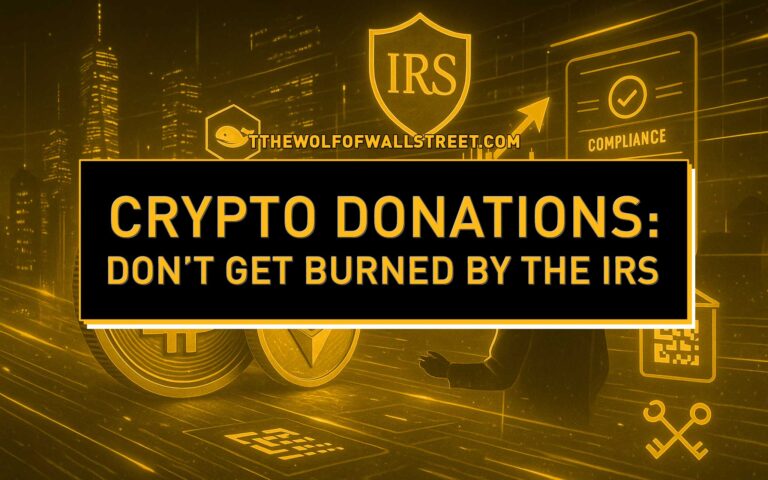Security Token Offerings (STOs) are redefining the world of fundraising. They bridge traditional finance with blockchain innovation — combining regulatory compliance, transparency, and 24/7 market access. In this guide, you’ll learn how STOs work, why they matter, and how to launch one successfully in 2025.
🧭 Introduction: The Future of Fundraising Is Here
Forget everything you know about old-school fundraising. The next generation of capital raising isn’t locked in dusty boardrooms or broker meetings — it’s on-chain, transparent, and borderless. Security Token Offerings (STOs) are transforming how businesses raise capital and how investors own assets.
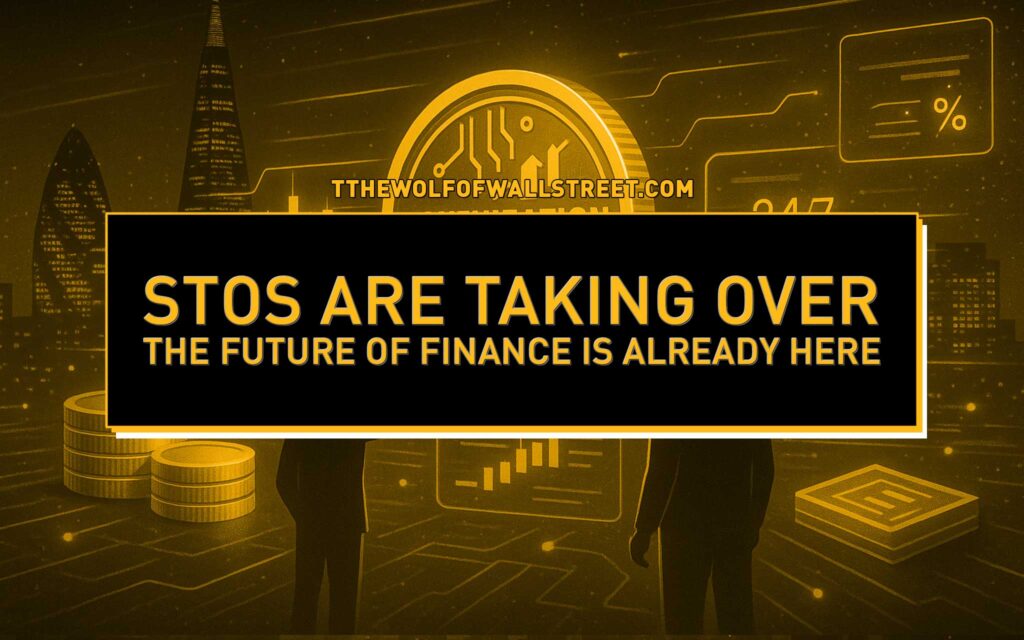
STOs are digital representations of ownership — regulated tokens tied to real-world assets such as equity, property, or debt instruments. Unlike ICOs, which often operated in legal grey areas, STOs follow strict securities laws, offering investors trust, liquidity, and compliance in one package.
We’re talking about fractional ownership, where anyone can own a piece of a skyscraper, a startup, or a venture fund — all securely verified through blockchain. This is not theory; it’s happening now.
If you’re ready to understand how STOs are changing global finance, buckle up. This is the new Wall Street — decentralised, digital, and open to everyone.
💰 Why STOs Are the Wall Street of the Blockchain Era
Traditional fundraising has always been about access — and most investors never had it. IPOs and private equity rounds were exclusive to institutional players. STOs tear down those barriers, enabling any qualified investor worldwide to participate.
STOs bring back trust to crypto fundraising by aligning with regulatory frameworks. Gone are the days of unverified ICO promises. Each STO must undergo legal due diligence, follow KYC/AML standards, and disclose detailed investment terms. The result? Safer, structured opportunities for both investors and founders.
For startups, STOs unlock global liquidity without relying on venture capital gatekeepers. For investors, they provide the freedom to trade 24/7, fractionalise ownership, and diversify across asset classes.
Major players like BlackRock, Fidelity, and JP Morgan are entering the tokenisation space because they know what’s coming: a multi-trillion-pound market where every asset becomes tradable.
This is financial evolution — Wall Street on blockchain, rebuilt for the digital age.
🏗️ The Architecture of a Security Token Offering (STO)
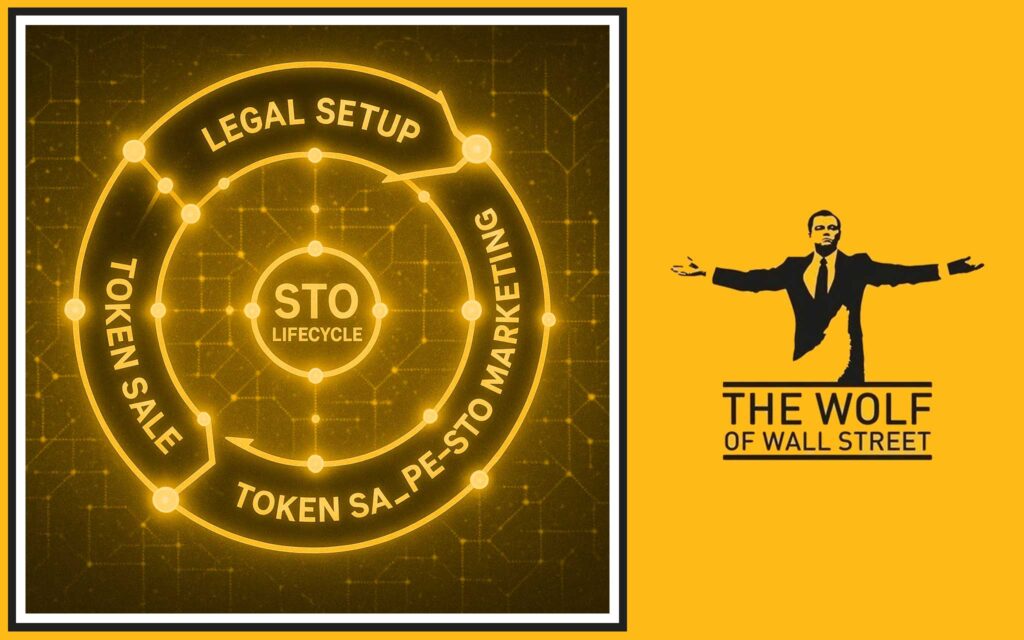
Launching an STO is a structured process that requires precision. The key is understanding each phase and executing it with professionalism. There are four critical stages to launching an STO: Preparation, Pre-STO Marketing, Public Sale, and Post-STO Growth.
Each stage builds on the next — legal compliance first, marketing second, execution third, and long-term management last.
Phase 1: Preparation and Legal Foundation
The first step is laying the legal groundwork. STOs are securities, meaning your token must comply with financial regulations in your jurisdiction. Begin with a full legal consultation and define your structure — whether it’s equity, debt, or asset-backed.
Key steps include:
- Selecting your jurisdiction (e.g., UK FCA, US SEC, or EU MiCA compliance).
- Registering your company or SPV (Special Purpose Vehicle).
- Preparing your prospectus and disclosures.
- Partnering with licensed advisors, auditors, and lawyers.
During this stage, decide on your token type, build the technical framework, and develop your whitepaper — a legally aligned version that reads more like an investment prospectus than a crypto manifesto.
Pro tip: Study guides like Crypto AML Compliance Security 2025 to align your structure with global standards.
Phase 2: Pre-STO Marketing and Investor Attraction
This is where the momentum begins. Think of it as your sales engine — the point where you turn attention into action.
You need a story that sells. Investors don’t buy code; they buy vision. Your narrative should clearly explain why your STO exists, how it solves a problem, and what tangible benefits investors gain.
Build authority by publishing thought-leadership articles, hosting AMAs, and partnering with credible advisors. A community is your best marketing tool — and platforms like The Wolf Of Wall Street demonstrate this perfectly, with over 100,000 active traders sharing real-time insights.
Stay compliant during promotion. Avoid promising returns and ensure your materials pass legal review. The best STOs educate their audience, build anticipation, and establish credibility before asking for investment.
For more on pre-STO authority building, explore Trading Insights or Research Crypto Opportunities.
Phase 3: The Public Sale — Execution That Converts
When launch day arrives, professionalism is everything. Your platform should run flawlessly — no glitches, no confusion, no delays.
Checklist for a smooth launch:
- Secure investor onboarding with built-in KYC/AML.
- Audited smart contracts.
- Clear documentation and terms.
- 24/7 investor support.
Compliance is critical here. Stick to authorised jurisdictions and provide transparent updates throughout the sale. Keep investors informed with live metrics, progress reports, and Q&A sessions. Silence breeds doubt; communication breeds confidence.
After your sale, focus on distribution. Deliver tokens accurately, confirm every transaction, and issue post-sale reports. Efficiency builds trust — and trust builds long-term value.
Phase 4: Post-STO Growth and Investor Management
Raising funds isn’t the finish line — it’s the start of execution. Investors expect results, communication, and progress.
Build a professional Investor Relations (IR) strategy. Provide quarterly updates, audited reports, and direct communication channels. Transparency keeps investors loyal.
Legal obligations continue after the sale — including AML/KYC monitoring, annual filings, and financial reporting. Think of compliance as your long-term defence mechanism.
Liquidity is next. Work towards listings on regulated secondary markets like tZERO, INX, or ADDX. Liquidity is the oxygen that keeps your project alive.
For regulatory best practices, check Crypto Travel Rule Compliance Strategy 2025.
Summary: The 4 Phases of STO Success
- Preparation: Legal setup and structure.
- Pre-STO Marketing: Build awareness and credibility.
- Public Sale: Execute with precision and transparency.
- Post-STO Management: Deliver, report, and maintain trust.
Master these, and your STO becomes more than a fundraiser — it becomes a sustainable investment ecosystem.
📊 Types of Security Tokens and Their Power Plays

Security tokens come in several forms, each designed to serve different financial goals. Understanding these categories helps both issuers and investors choose the structure that best fits their strategy.
1. Equity Tokens — Digital Shares of Real Ownership
Equity tokens represent genuine ownership in a company, just like traditional shares. Holders enjoy rights such as dividends, voting power, and profit participation — except these shares exist on the blockchain.
Why it matters:
- Transactions settle within minutes, not days.
- Fractional ownership allows small-scale investors to participate.
- Tokens trade globally, creating continuous liquidity.
Example: A fintech startup tokenises its shares, raising global capital while keeping control. For a detailed guide, see Equity Token Offerings Guide.
2. Debt Tokens — Modern Bonds on the Blockchain
Debt tokens represent loans between issuers and investors. Each token tracks a debt obligation, managing repayment and interest through smart contracts.
Why it matters:
- Reduced issuance costs and faster settlement.
- Automated interest distribution increases accuracy.
- Transparent ledgers ensure investor confidence.
Example: A renewable energy firm issues debt tokens to fund operations, paying quarterly interest automatically. Explore related concepts in Digital Gilt Instrument UK DLT Debt.
3. Asset-Backed Tokens — Real Assets, Digital Access
Asset-backed tokens are linked to physical or tangible assets like real estate, commodities, or artwork. Each token’s value is tied directly to an audited, real-world asset.
Why it matters:
- Brings liquidity to illiquid markets.
- Enables investors to buy fractions of high-value assets.
- Blockchain verification reduces fraud and ownership disputes.
Example: A £100 million real estate portfolio in London is tokenised, letting global investors buy small, verifiable stakes in premium property markets.
4. Hybrid Tokens — Combining Utility and Investment
Hybrid tokens blend functionality with financial value. They provide access to a service (utility) while also offering revenue-sharing or governance rights (security).
Why it matters:
- Dual benefits encourage long-term participation.
- Ideal for DeFi, gaming, or platform ecosystems.
These tokens strengthen communities and create sustainable ecosystems by merging user engagement with real ownership incentives.
🕵️♂️ Legal and Regulatory Considerations
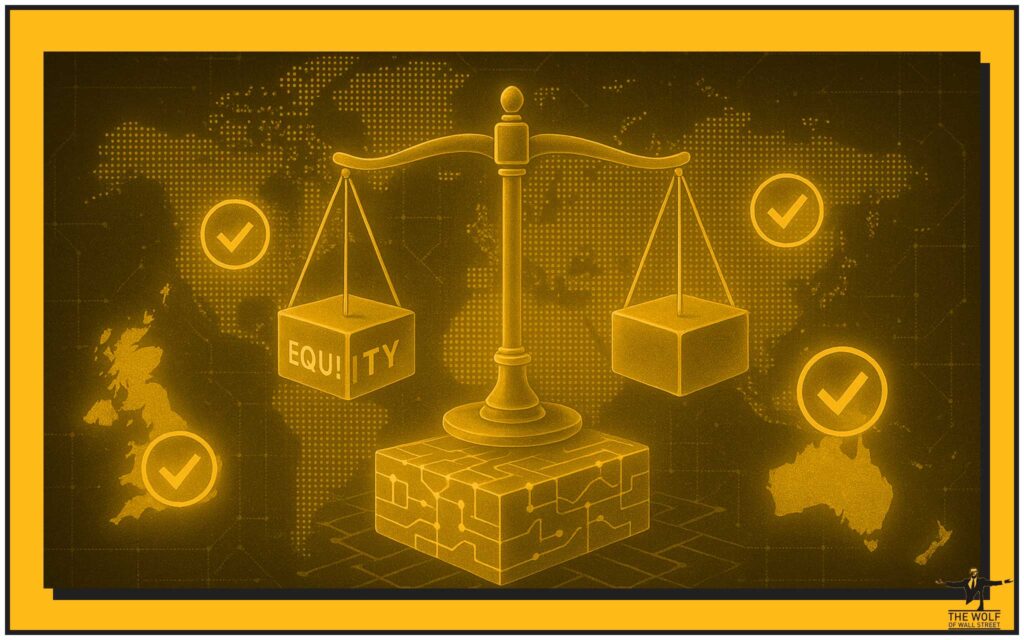
Regulation shapes every STO. Compliance is the backbone of investor trust — ignore it, and your project risks collapse.
Global Overview
- United States (SEC): STOs fall under Reg D, Reg S, or Reg A+ exemptions. Tough but unlocks access to deep capital markets.
- United Kingdom (FCA): Regulated under MiFID II, fostering innovation and investor protection.
- European Union (MiCA 2025): Creates harmonised laws, allowing one licence for all EU member states.
- Singapore (MAS): Forward-thinking, balancing innovation and compliance.
- Switzerland (FINMA): A pioneer in digital securities, offering unmatched clarity.
Each region’s framework varies. Seek expert legal advice to ensure proper compliance before raising funds globally.
AML/KYC and Compliance Tools
Every STO must include Anti-Money Laundering (AML) and Know Your Customer (KYC) systems. These protect investors and issuers from fraud and regulatory breaches. Platforms such as Sumsub and Trulioo simplify identity verification.
For advanced strategies, review Crypto AML Compliance Security 2025.
Corporate Structuring for STO Success
Your business structure determines scalability and accountability. Most STOs operate through a Special Purpose Vehicle (SPV) that handles issuance, governance, and reporting.
Best practices:
- Keep operational and token entities separate.
- Maintain audited financials and transparent governance.
- Register in jurisdictions known for regulatory clarity, such as the UK, Singapore, or Switzerland.
A strong structure protects your investors and gives regulators confidence in your operation.
💎 Key Advantages of STOs Over ICOs and IPOs
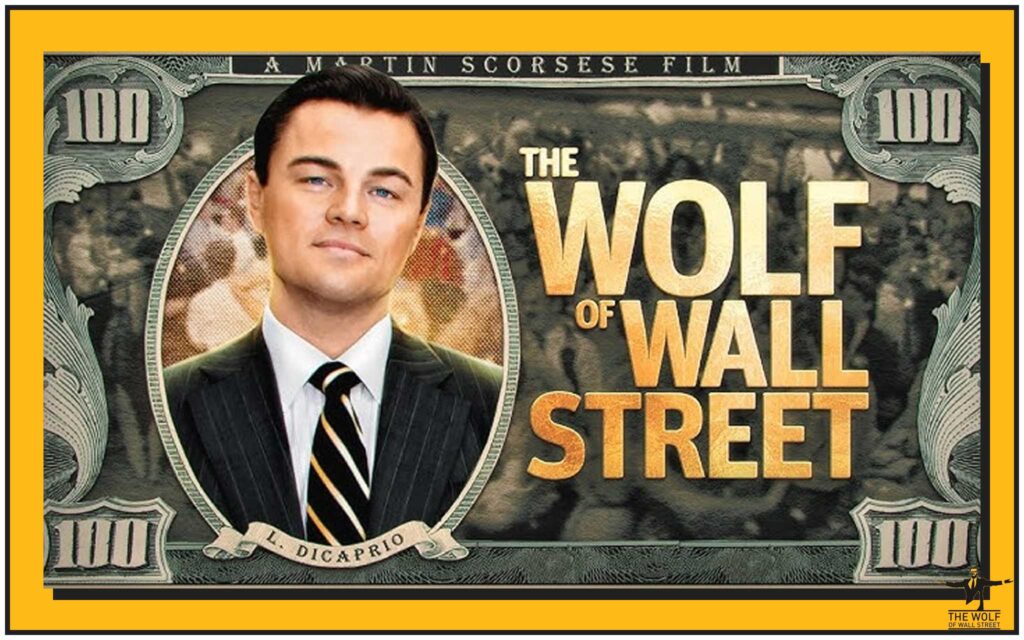
Security Token Offerings combine the reliability of traditional finance with blockchain’s efficiency. Here’s why they’re changing the game:
- Regulatory Compliance: Legally sound and transparent.
- Fractional Ownership: Opens access to smaller investors.
- Global Liquidity: 24/7 tradable assets without borders.
- Cost Efficiency: Smart contracts replace costly intermediaries.
- Immutable Transparency: Every transaction is verifiable.
These benefits transform STOs from a passing trend into the new benchmark for digital fundraising.
⚠️ Challenges and Realities of STO Launches
While STOs are powerful, they come with hurdles that require expertise and patience.
- Regulatory complexity: Rules differ per jurisdiction.
- Setup costs: Legal, compliance, and audit expenses can reach six figures.
- Investor limitations: Some frameworks only allow accredited investors.
- Tech risks: Smart contract vulnerabilities or poor custody setups can derail launches.
Handled correctly, these barriers become strengths. They deter short-term projects and reward serious players committed to compliance and execution excellence.
🌍 The Global STO Landscape — Where the Money Flows
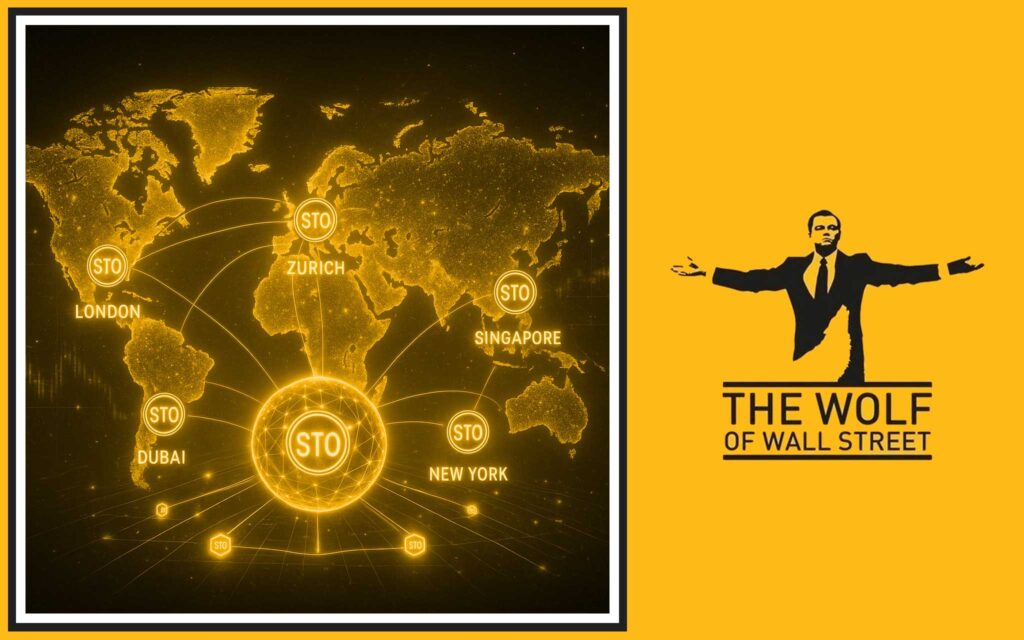
The STO wave is spreading globally as regulators embrace blockchain finance.
- United States: Leads in volume and institutional interest.
- United Kingdom: Europe’s top hub for digital securities innovation.
- European Union: Unified MiCA framework enables cross-border fundraising.
- Singapore: Asia’s compliance-focused leader.
- Switzerland: The original Crypto Valley pioneer.
By 2030, the global tokenisation market could surpass $10 trillion, with institutions driving the next wave of digital wealth. Regions offering legal clarity will dominate this economic transformation.
🧠 STOs and Tokenisation — The Bridge Between Traditional and Digital Finance

STOs are more than a new fundraising tool — they are the bridge between traditional markets and digital innovation. Tokenisation transforms real-world assets into blockchain-based securities, unlocking liquidity, transparency, and efficiency never seen before in finance.
Turning Illiquid Assets Into Liquid Opportunities
Traditional assets such as real estate, fine art, and private equity have always been lucrative but difficult to trade. Tokenisation changes that, allowing these assets to be divided into digital shares that anyone can buy and sell globally.
For example, a £100 million property portfolio can be tokenised into 100,000 digital tokens, each representing a verified stake. Investors can trade these tokens 24/7, bringing liquidity to assets that were once inaccessible. Learn more about fractional investing in Tokenise Business Equity Guide.
Democratising Investment Access
For decades, high-value investments were limited to accredited investors and institutions. STOs now make it possible for smaller investors to access premium opportunities through fractional ownership. This inclusion reshapes global finance, aligning with blockchain’s core principle — open access for all.
This democratisation is not just financial; it’s transformational. It enables participation from individuals worldwide, regardless of geography or wealth class.
Institutional Adoption: From Skepticism to Strategy
Major financial institutions once viewed blockchain with caution. Today, they’re driving the change.
- BlackRock is piloting tokenised funds.
- JP Morgan uses blockchain for settlement and tokenised deposits.
- The London Stock Exchange is building a digital securities platform.
- Franklin Templeton issues on-chain mutual funds.
Tokenisation isn’t replacing traditional finance; it’s upgrading it. Institutions understand that the blockchain era offers greater transparency, reduced friction, and unmatched scalability.
Compliance + Efficiency = The Future of Finance
STOs merge the structure of traditional finance with the speed of blockchain. Smart contracts automate key processes like investor verification, dividend distribution, and governance, while regulatory frameworks ensure trust.
Benefits include:
- Seamless global compliance with on-chain verification.
- Automated investor rights and voting systems.
- Lower administrative costs and faster settlements.
The result is an ecosystem that’s not only efficient but sustainable for both startups and investors.
Beyond Finance: Tokenising Everything
Tokenisation isn’t confined to financial markets. It’s spreading into music, sports, and intellectual property. Imagine artists tokenising royalties, athletes issuing fan-backed revenue tokens, or scientists funding research through tokenised grants.
Every tokenised project brings a community-driven, transparent approach to value creation — a philosophy that resonates with blockchain’s vision of empowerment.
Transparency, Traceability, and Trust
In traditional finance, trust depends on intermediaries. In STOs, trust is built directly into the code. Every transaction, every ownership record, and every distribution is visible and verifiable on the blockchain.
This level of transparency fosters accountability and confidence, creating a safer, more trustworthy market environment.
The Long Game: Integration, Not Replacement
Tokenisation isn’t here to destroy the old system — it’s here to evolve it. Regulators, banks, and investors are learning to integrate blockchain technology into existing frameworks.
By 2030, tokenisation will be a standard financial tool. The term “tokenised asset” will become as normal as “stock” or “bond.” This shift represents not disruption, but integration with innovation.
🔧 Tools and Platforms for Launching STOs in 2025
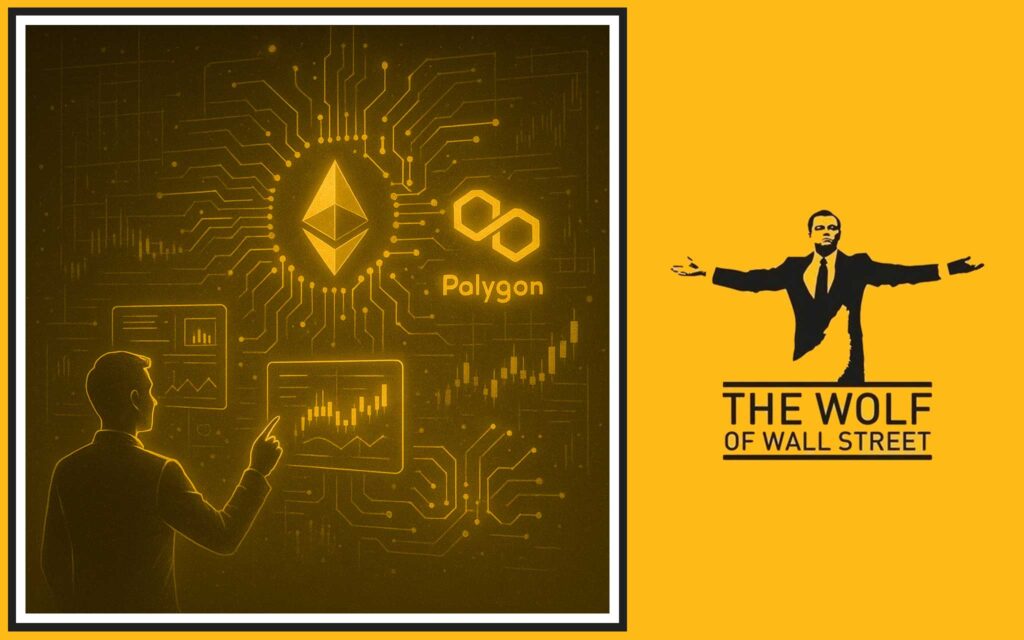
Launching an STO requires strategic technology choices. The blockchain and tools you choose define your project’s scalability and compliance.
Top Blockchain Frameworks
- Ethereum: Most established with ERC-1400 and ERC-3643 standards.
- Polygon: Low-cost, fast, and compatible with Ethereum.
- Avalanche: High throughput for institutional-grade tokenisation.
- Algorand: Built for financial institutions with ISO 20022 compliance.
Key Issuance Platforms
- Securitize: SEC-registered, offering end-to-end investor onboarding and compliance.
- Polymesh: Purpose-built for regulated assets.
- Tokeny Solutions: EU-based and MiCA-compliant.
- INX Digital: Dual-regulated global exchange and issuance hub.
Each platform supports legal compliance, investor onboarding, and transparent reporting, ensuring a smooth launch process.
Compliance and Custody Solutions
- KYC/AML: Tools like Sumsub and Trulioo automate global identity verification.
- Custody: Fireblocks, Anchorage, and Copper provide secure digital asset storage.
- Secondary Markets: tZERO, INX.One, and ADDX ensure post-STO liquidity.
Integrating these systems creates an environment of trust and efficiency, reducing friction from issuance to secondary trading.
Next: we’ll explore real-world case studies that prove STOs are not just theory but a working model for the next evolution of global finance.
📈 Case Studies: Successful STOs and What They Did Right
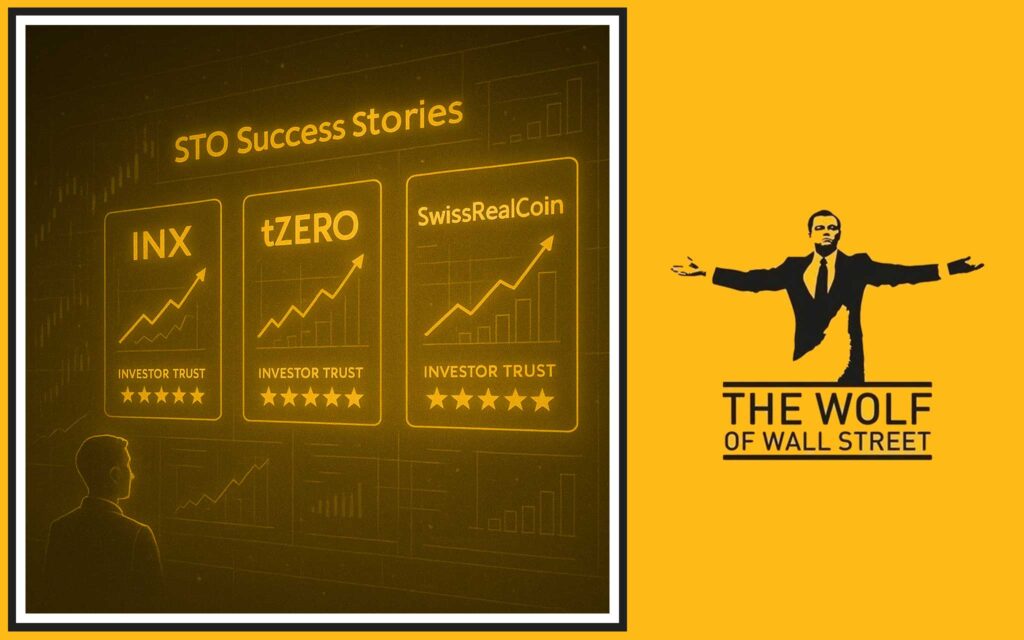
To understand how STOs create long-term value, it helps to study the pioneers — the companies that turned tokenisation into real success. These projects didn’t just talk innovation; they executed it with precision and compliance.
1. INX Limited — Regulation as a Competitive Edge
Year: 2021
Sector: Digital Asset Trading & Compliance
Funds Raised: $85 million
INX Limited became one of the first SEC-registered STOs in the U.S. It built a legally compliant ecosystem for trading digital securities, proving that working with regulators is far more effective than fighting them.
What They Did Right:
- Structured under Reg A+, opening to retail investors.
- Focused on real utility — a revenue-generating trading platform.
- Transparent investor communication and audited financials.
Lesson: Regulation isn’t a roadblock — it’s a moat. Compliance earns investor trust and institutional partnerships.
2. tZERO — Liquidity Meets Legitimacy
Year: 2018–2020
Sector: Tokenised Securities Exchange
Funds Raised: $134 million
tZERO, backed by Overstock.com, created one of the first platforms for regulated secondary trading of tokenised assets. It bridged blockchain and Wall Street by offering continuous liquidity for digital securities.
What They Did Right:
- Built a regulated trading environment approved by FINRA.
- Partnered with licensed brokers and custodians.
- Prioritised education and transparency to attract traditional investors.
Lesson: Liquidity drives longevity. STOs thrive when investors can trade freely and confidently.
3. SwissRealCoin — Real Estate Reinvented
Year: 2019
Sector: Real Estate Tokenisation
Funds Raised: $25 million
SwissRealCoin transformed property investment by tokenising Swiss commercial real estate, allowing global investors to buy verified stakes in physical properties.
What They Did Right:
- Backed every token with tangible, income-producing assets.
- Shared performance data in real time for investor transparency.
- Used blockchain to streamline property management and valuation.
Lesson: Tangible assets paired with blockchain technology build investor confidence faster than pure speculation.
4. SPiCE VC — Tokenising Venture Capital
Year: 2018
Sector: Venture Capital
Funds Raised: $15 million+
SPiCE VC launched one of the world’s first tokenised VC funds, allowing investors to access private equity deals via blockchain.
What They Did Right:
- Offered profit participation rights through security tokens.
- Managed by experienced venture capitalists with proven track records.
- Fully compliant with international securities regulations.
Lesson: The combination of professional expertise and blockchain transparency can reshape traditional fund management.
5. Arca Labs — Institutional-Grade Tokenisation
Year: 2020–2023
Sector: Digital Asset Funds
Funds Raised: Ongoing
Arca Labs issued one of the first tokenised U.S. Treasury funds, merging traditional finance with blockchain precision.
What They Did Right:
- Targeted institutional investors with a familiar product.
- Built on Ethereum using audited smart contracts.
- Maintained full SEC compliance and transparency.
Lesson: Tokenisation succeeds when it aligns with institutional standards — not when it tries to replace them.
💬 STO FAQs — Fast Answers for Smart Investors
1. Why are STOs safer than ICOs?
STOs are regulated, meaning tokens represent real assets governed by securities law. Investors enjoy legal protection and verifiable ownership — unlike ICOs, which were often speculative.
2. Can anyone invest in an STO?
Access depends on jurisdiction. Some STOs accept retail investors, while others are limited to accredited participants. Regulations in the UK, Switzerland, and Singapore are making global participation easier every year.
3. What do I own when I buy a security token?
You own a digital claim to a real asset — such as equity, debt, or property. Ownership records live permanently on blockchain, ensuring authenticity and transparency.
4. How are STOs taxed?
STOs are taxed like traditional securities. Dividends are taxed as income, while token sales may incur capital gains. Always consult a crypto-aware tax specialist for your region.
5. What’s next for STOs?
By 2030, analysts predict the tokenised asset market could exceed $10 trillion. From real estate to private funds, everything of value will migrate to blockchain.
🏁 The Future: STOs and the Rise of Tokenised Wealth
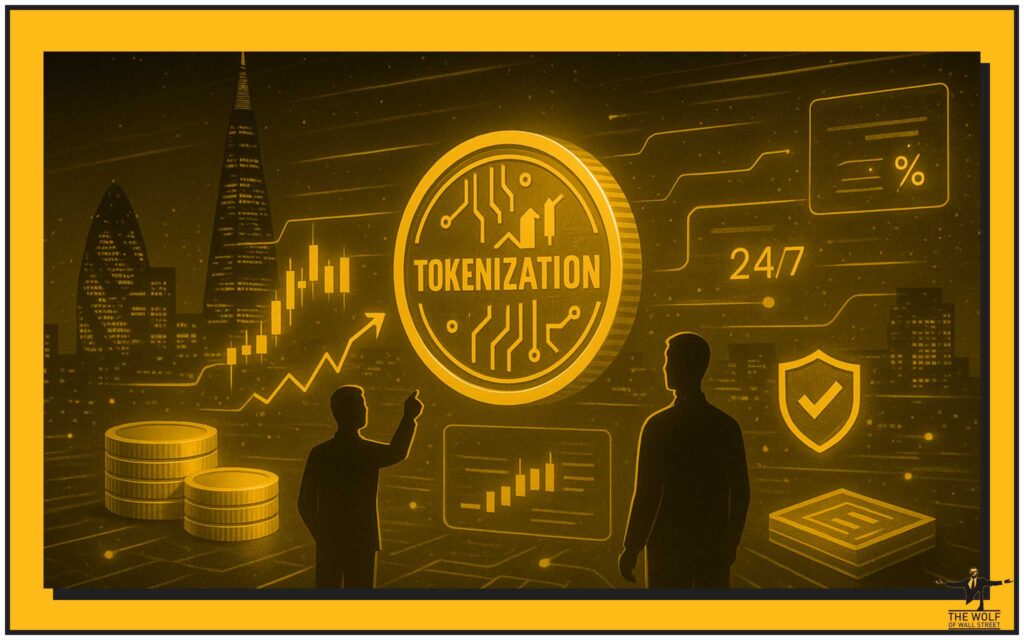
STOs represent the fusion of technology, regulation, and opportunity. They combine the reliability of traditional securities with blockchain’s global reach and efficiency. This is not a passing phase — it’s the new financial architecture.
Forward-thinking investors are already moving capital into tokenised assets. The institutions are here, the technology is proven, and regulation is finally aligning with innovation.
The time to act is now. Learn, adapt, and position yourself before this market matures — because by the time everyone else catches up, the wolves will already own the field.
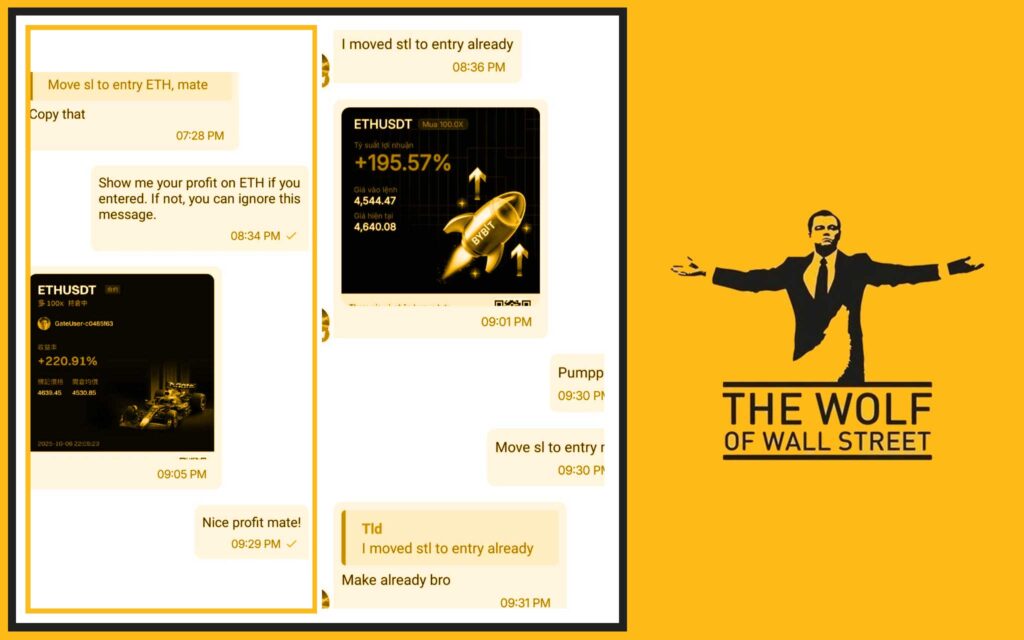
For expert insights and exclusive signals on tokenised markets, visit The Wolf Of Wall Street or join the global community at t.me/tthewolfofwallstreet.



